Pasofino Horses: Smooth Gaits and Riding Tips
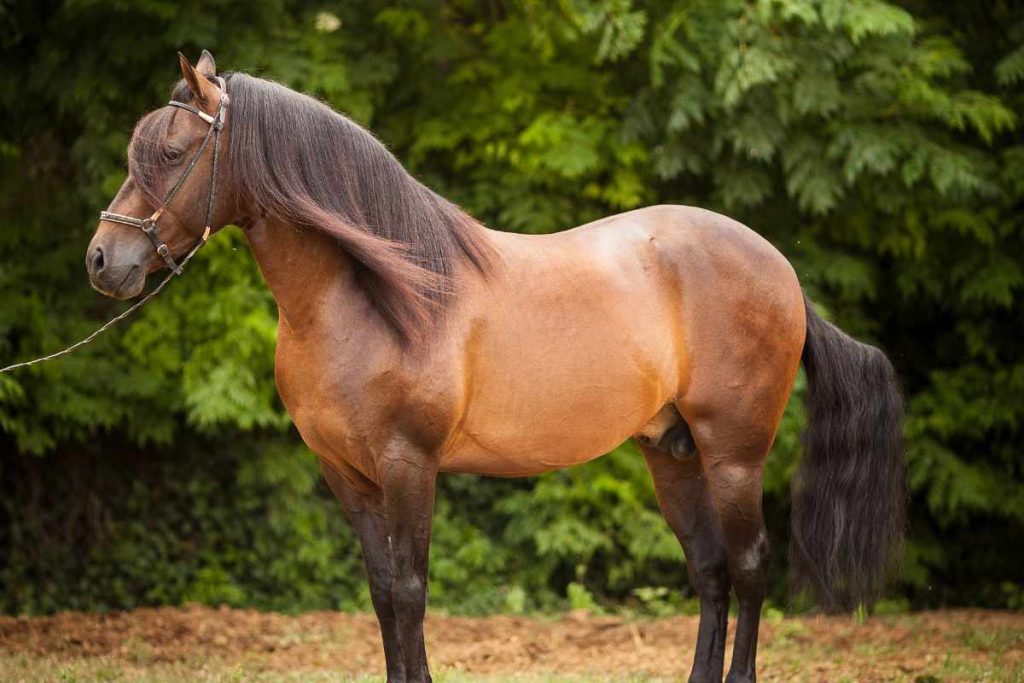
The Pasofino is one of the most elegant and beloved horse breeds in the world. Known for its smooth, rhythmic gait, it offers an unmatched riding experience for both riders and spectators.
Its name, which translates to “fine step,” perfectly reflects the breed’s hallmark qualities: grace, fluidity, and comfort in motion.
In this article, we’ll explore the breed’s history, its distinctive physical traits, the three unique gaits that set it apart, and practical riding tips to help you enjoy the full Pasofino experience.
History and Origin
The story of the Pasofino began more than 500 years ago, when Spanish conquistadors brought Andalusian, Barb, and Jennet horses to the Caribbean.
These horses adapted to the tropical climate and rugged terrain, and over generations, breeders in Puerto Rico and Colombia developed a horse with an exceptionally smooth gait, remarkable stamina, and a noble temperament.
In Puerto Rico, the emphasis was on a collected, elegant gait, while Colombian breeders focused on speed and versatility.
After World War II, American servicemen stationed in the Caribbean discovered the Pasofino and began importing it to the United States.
Today, the breed is promoted and preserved by organizations such as the Pasofino Horse Association (PFHA), which maintains the registry, sets breed standards, and hosts competitions showcasing this extraordinary horse.
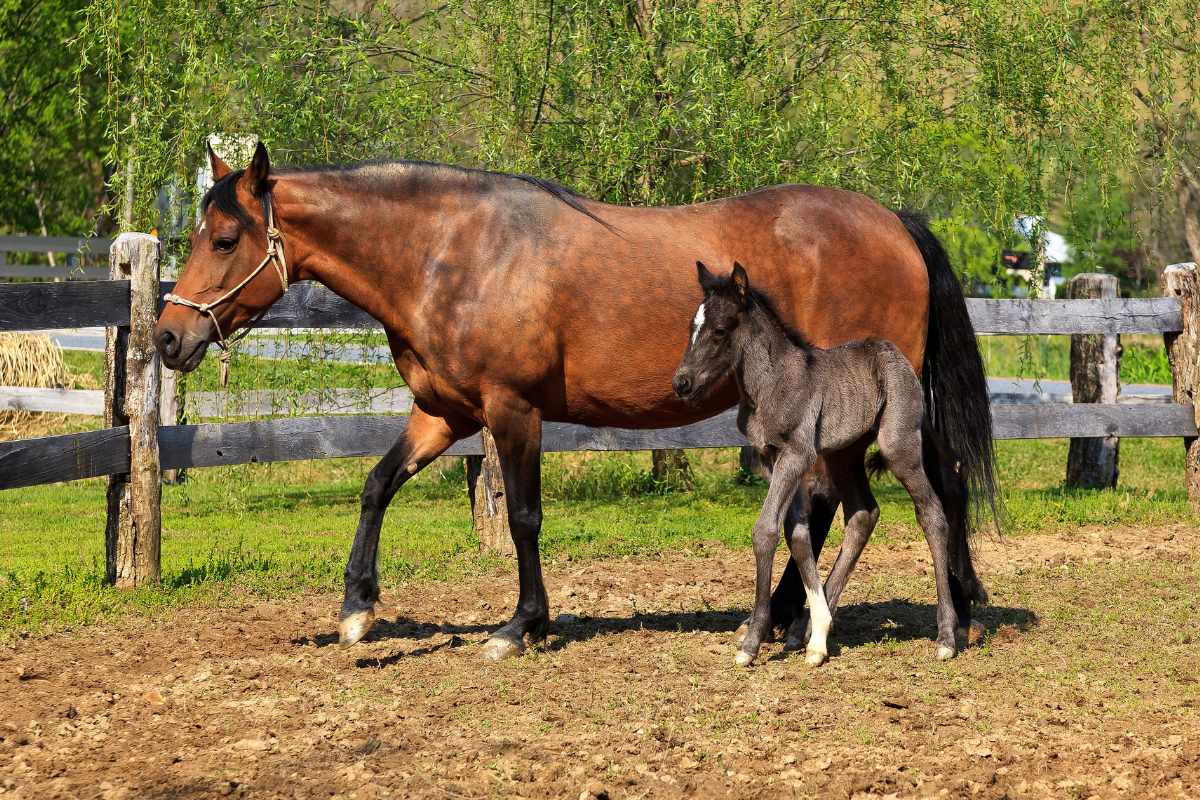
Distinctive Physical Characteristics
The Pasofino has a compact yet muscular build, combining endurance with agility. It typically stands between 13.3 and 15.2 hands (1.40–1.55 m) and weighs between 800 and 1,000 lbs (360–450 kg).
Its head is refined, with a straight or slightly convex profile, expressive ears, and large, bright eyes that convey alertness and intelligence.
Coat colors vary widely—chestnut, bay, black, and gray are most common—and the breed is known for its gracefully arched neck and flowing, naturally carried tail.
Beyond appearance, the Pasofino is prized for its brío: a spirited yet controlled energy that makes the horse both responsive and willing under saddle.
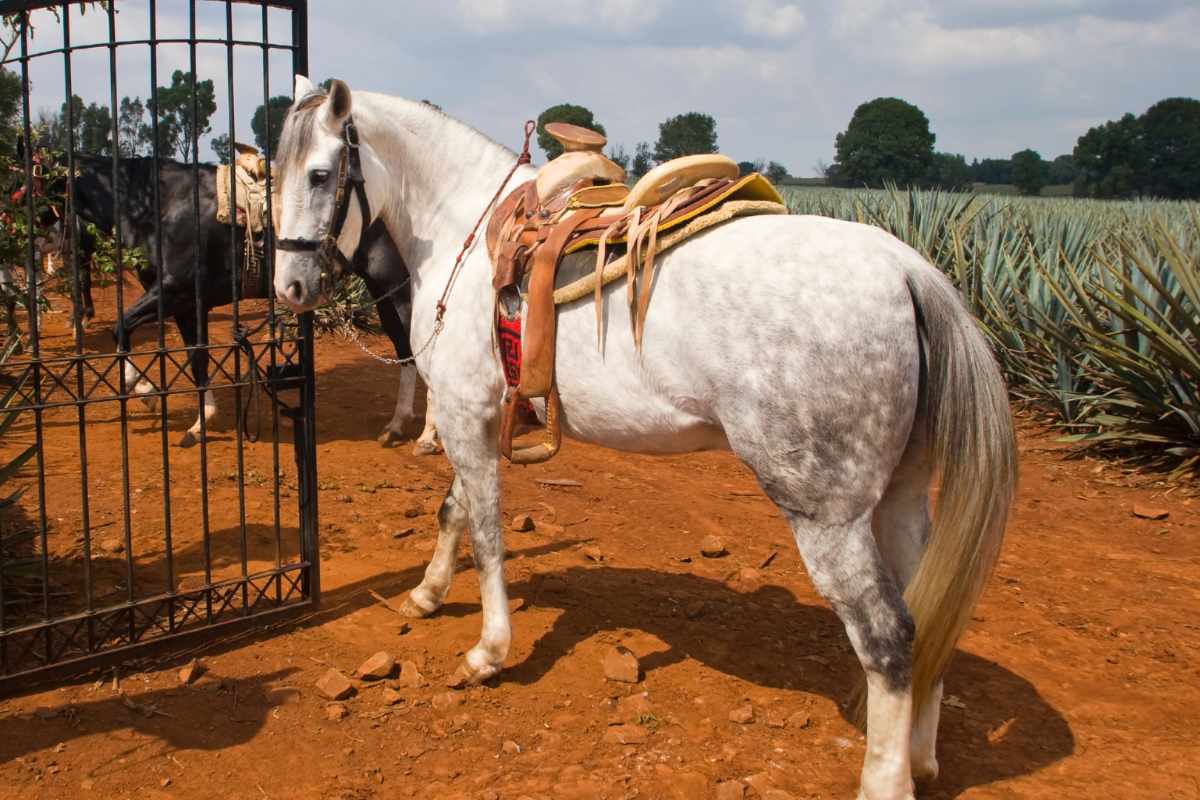
The Pasofino Gait: Unmatched Smoothness
The Pasofino’s gait is a natural, four-beat lateral movement in which each hoof strikes the ground independently in an even rhythm. This eliminates vertical bounce, resulting in an exceptionally smooth ride.
The PFHA recognizes three variations:
Classic Fino – Extremely short, rapid, and collected; prized in competitions for precision and style.
Paso Corto – An intermediate speed ideal for long-distance trail riding, offering a comfortable, relaxed cadence.
Paso Largo – A more extended, faster gait that covers ground efficiently while maintaining the breed’s signature smoothness.
Riding Tips for the Pasofino
Riding a Pasofino is a distinctive experience. To take full advantage of its natural smoothness, maintain an upright yet relaxed posture, avoiding leaning forward or backward. Balance is crucial for both horse and rider.
Use light aids—gentle leg pressure and soft rein contact are usually sufficient. Overusing cues can interrupt the fluid gait. Aim to feel the horse’s rhythm and synchronize your seat with the four-beat pattern.
Practice transitions between the Paso Corto and Paso Largo to improve responsiveness and flexibility.
A light, well-fitted saddle allows for natural movement and keeps both horse and rider comfortable.
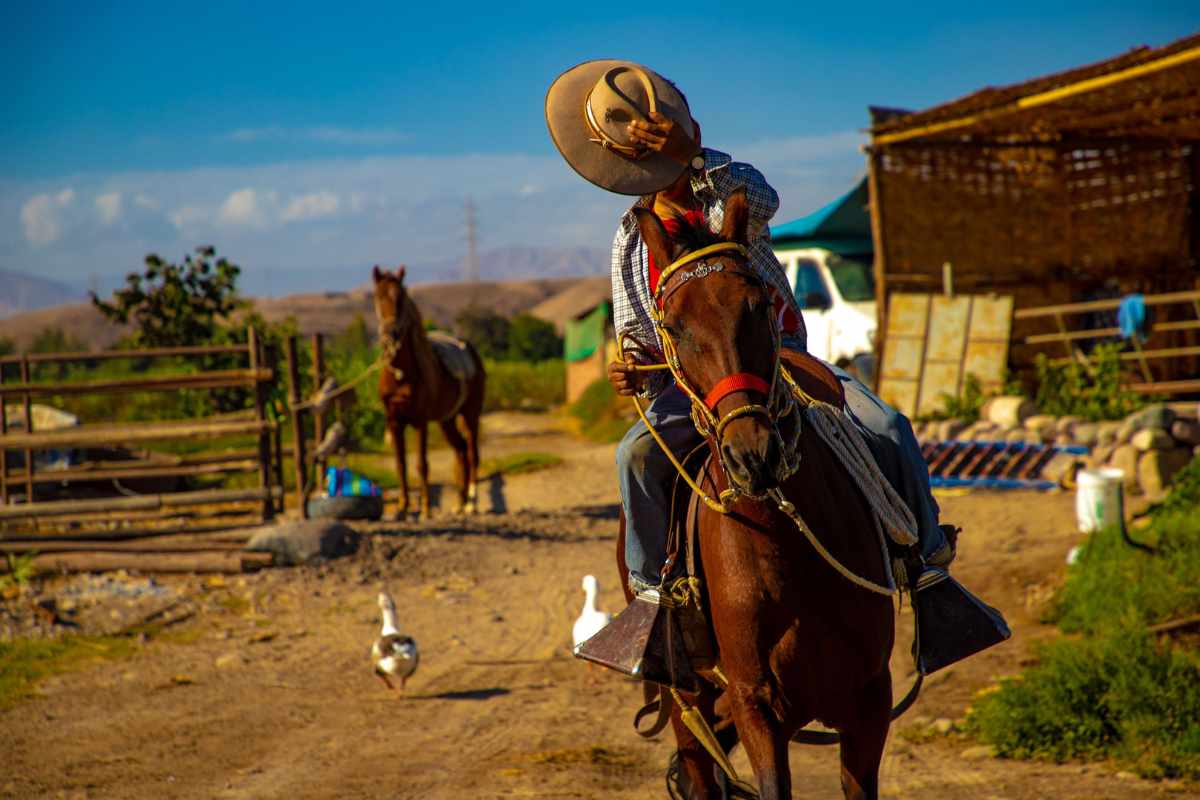
General Care and Maintenance
Caring for a Pasofino requires attention to nutrition, grooming, exercise, and veterinary care.
This breed thrives with consistent, balanced management.
Nutrition
A diet of high-quality grass hay is essential for digestive health, providing the necessary fiber for proper gut function.
Depending on activity level, some horses may benefit from grain and supplements, but it’s best to consult a veterinarian for the correct balance.
Fresh, clean water should be available at all times, especially after exercise.

Grooming
Regular grooming keeps the coat healthy and shiny. A curry comb stimulates circulation and loosens dirt, followed by a soft brush for a smooth finish.
Hoof care is critical—cleaning and trimming every 6–8 weeks by a professional farrier helps prevent infections and ensures proper movement mechanics.
While frequent bathing isn’t necessary, an occasional bath in warm weather or after intense work can be beneficial.
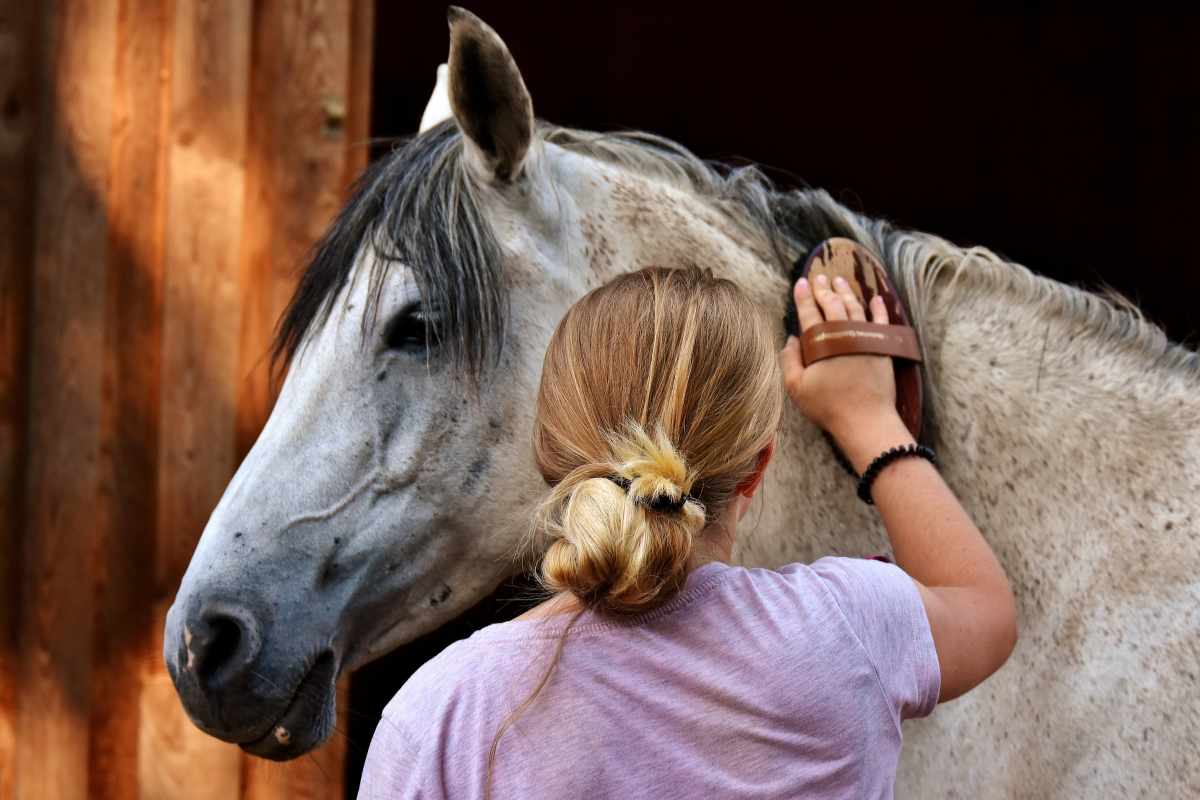
Exercise
Daily exercise maintains stamina, muscle tone, and mental sharpness. Riding, hand-walking, and varied routines help prevent boredom and keep the horse engaged.
Pasofinos are naturally energetic and willing, making them adaptable to different types of work.
Veterinary Care
Routine check-ups, vaccinations, dental care, and parasite control are essential for long-term health. Early detection of problems helps ensure your Pasofino stays in peak condition for years to come.
The Pasofino is far more than a smooth-gaited horse—it embodies centuries of history, cultural heritage, and elegance in motion.
Whether competing, exploring trails, or enjoying a relaxed ride, the Pasofino offers a rare combination of comfort, stamina, and beauty.
Once you experience one, you’ll understand why this breed is treasured around the world.
Did you find this post useful or inspiring? Save THIS PIN to your PETS Board on Pinterest!
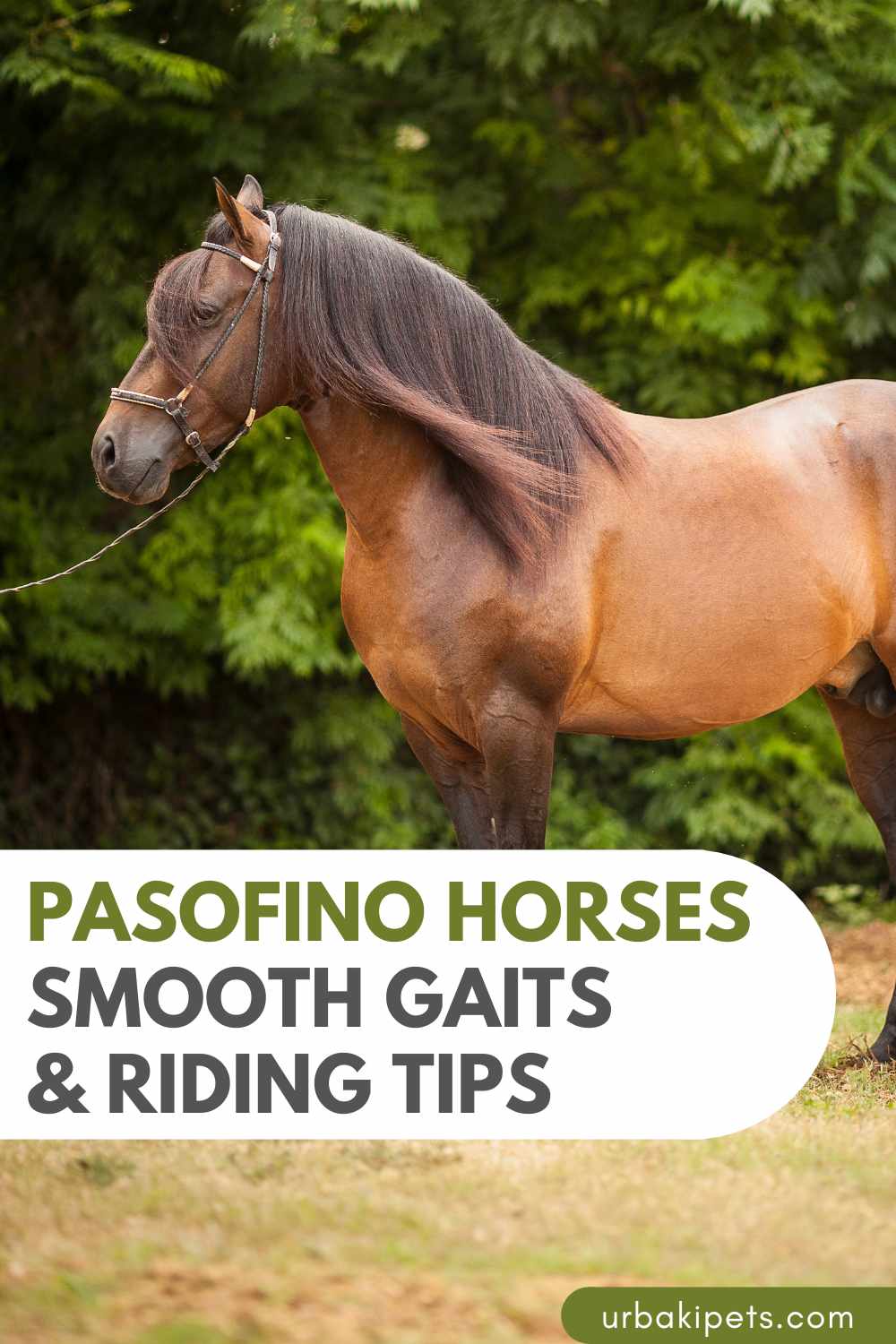

You may also like